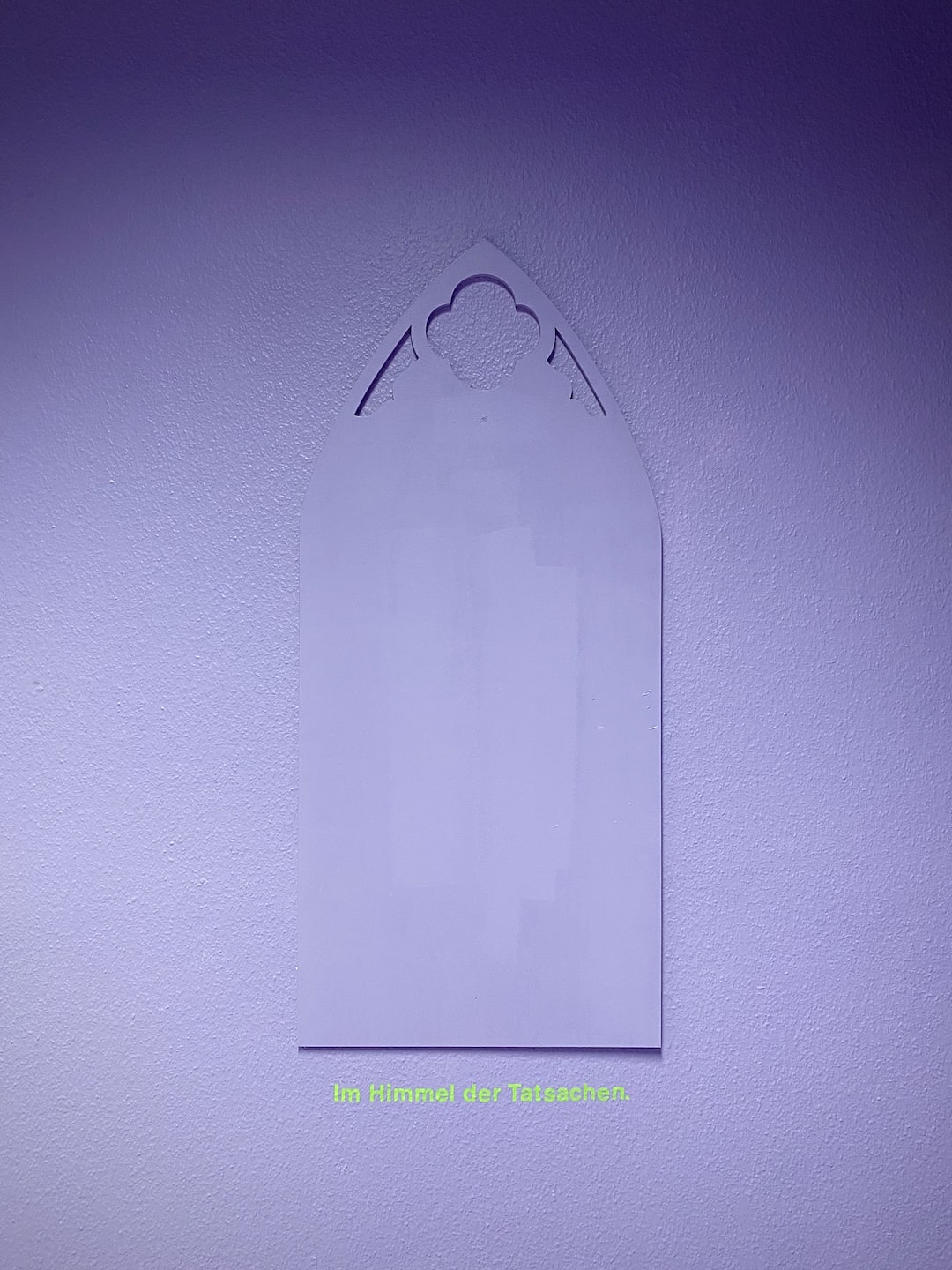The Art of Origami: An Ancient Japanese Paper-Folding Technique
Origami, the ancient Japanese art of paper folding, has captivated hearts across the globe with its elegance and simplicity. With a storied history dating back centuries, this intricate craft has evolved into a popular form of self-expression and creativity.
Origami originated in Japan during the 17th century, and the word itself comes from the Japanese terms “oru,” meaning “to fold,” and “kami,” meaning “paper.” Initially, it was primarily used for religious and ceremonial purposes, and it was believed that folded paper possessed spiritual powers. However, as time went on, origami started to gain recognition as an art form with aesthetic appeal.
One of the defining characteristics of origami is that it involves creating complex structures using a single piece of square paper, without any cuts or adhesive. The artist’s skill lies in the ability to fold and manipulate the paper to transform it into various shapes and figures.
Traditionally, origami featured simple models inspired by fauna, such as birds and insects. These models were created with the intention to mimic and honor the natural world. In fact, one of the most iconic and recognizable origami figures is the graceful crane, which symbolizes peace and longevity in Japanese culture.
Origami gained greater prominence in the 20th century when Akira Yoshizawa, often considered the father of modern origami, revolutionized the craft. Yoshizawa introduced a new system of symbols and notations, known as the Yoshizawa-Randlett system, which made it easier for people to understand and replicate complex folds.
The art of origami is not just about folding paper; it also involves creative problem-solving and mathematical thinking. By manipulating a flat sheet of paper, artists can create three-dimensional objects, revealing a deep understanding of geometry and spatial relationships.
Origami embodies various principles, including symmetry, balance, and precision. Each fold made during the process carries specific meanings and instructions, and any deviation can drastically affect the final outcome. This attention to detail makes origami a meditative and therapeutic practice, as it requires patience, focus, and a sense of calm.
Moreover, by engaging in origami, individuals can enhance their cognitive abilities. Studies have shown that practicing origami promotes the development and improvement of spatial reasoning skills, which can be beneficial in many aspects of life, including problem-solving, engineering, and architecture.
Origami has also expanded beyond traditional models and themes. Artists experiment with different types of paper, textures, and colors to create unique and visually stunning pieces. Origami tessellations, for example, involve folding paper in repetitive patterns to create intricate designs that resemble mosaics or tiles.
The art of origami has transcended borders and cultures, finding its place on a global stage. Origami enthusiasts now organize events, conventions, and competitions where they showcase their talents and share their passion for this exquisite craft.
In recent years, origami has also been used in various practical applications. Scientists, engineers, and even healthcare professionals have employed origami principles to design and develop innovative products and solutions. For instance, researchers have utilized origami to design foldable solar panels, collapsible satellite antennas, and even stents for medical procedures.
Origami continues to inspire and captivate individuals of all ages, reminding us of the beauty and creativity that can be found in the simplest of things. It serves as a reminder that art knows no limitations or cultural boundaries, transcending language and background.
Whether you are a beginner or a seasoned origami enthusiast, the art of paper folding provides a wonderful opportunity to unleash your creativity, exercise your mind, and discover the joy of transforming a sheet of paper into something truly extraordinary. So grab a piece of paper, let your imagination soar, and embark on an enchanting journey into the world of origami.

